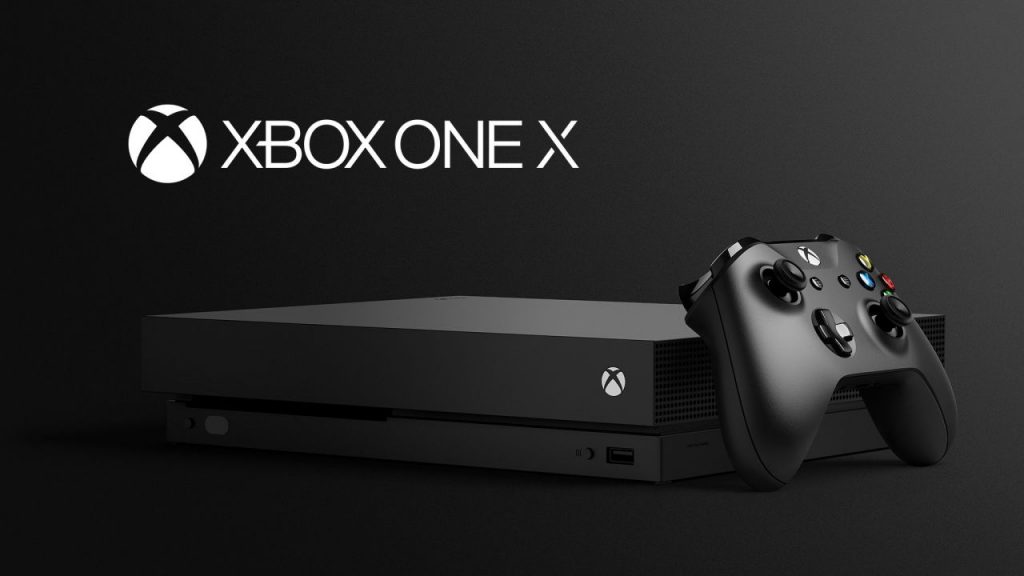
Earlier, I discussed whether or not the PS5 and next Xbox would be the last physical consoles. I wound up concluding that physical consoles are inevitably going to go extinct in an increasingly cloud-centric environment. The big question remaining is just when this will happen. If we’re talking about consoles (or their future equivalents) 2025 onwards, cloud-based solutions are almost inevitable. But more interesting—and relevant here—is whether the ninth-gen platforms will themselves be cloud-based or augmented in some way with cloud-based resources and this question becomes even more relevant after a well known developer had this to say about the PS5 and the next Xbox. Whether or not this happens depends entirely on how fast telecom infrastructure can transform to accommodate a cloud-based future.
Ubiquity is the word to watch here: high-speed internet connections aren’t exactly uncommon—in the US, at least. Over 60 percent of Americans live in areas where 100 Mbps connections are offered (though whether or not they’re on those plans is a different matter). Considering that Netflix recommends 25 Mbps just for streaming compressed 4K video, you really do need a high-speed fibre connection to stream 4K gaming content with reasonably good fidelity.
Also, just keep in mind here that an HDMI 2.0 connection offers 18 Gbps of bandwidth between your graphics card and your display—that’s how much bandwidth you need for an uncompressed 4K/60 feed—while we’re a aways away from 20 Gbps internet, with a bit of compression, a 100 Mbps connection ought to handle a 4K gaming stream without too much trouble. But if that’s all that mattered, why are the PS4 Pro and the Xbox One X still rectangular slabs that you plug into your TV?
For game streaming to work well, you need enough processing power most certainly doesn’t have server farms that can number crunch for millions of PlayStation owners concurrently. Not even Microsoft does. That kind of a use case just doesn’t exist as yet, even for enterprise. But even that’s not enough—latency increases with physical distance from the server, so you’d need multiple server farms spread across the world at 100-mile intervals. It’s not as if console manufacturers don’t have the resources to make that happen right now—after all, if there are 60 million PS4s out there, Sony’s ordered at least a 100 million SoCs from AMD.
It’s just that such a major change in their business model—from being the manufacturer of a plug-in console to providing a cloud-based streaming service—will take a considerable amount of time, not just for capacity building but for educating the market: just how do you get across the message that the next PlayStation on the cloud. There are somewhere around 60 million PS4s and PS4 Pros out in the wild. Sony is a slice of server time? How do you ensure good image quality over a compressed stream that’s comparable to the “4K” output of the previous physical console? None of these are insurmountable challenges, but getting them right is crucial. As a consequence, we’re likely to see tried and tested solutions like PS Now gradually scale in capability, with increasingly greater emphasis being placed on the cloud solution over the years, and with value additions that’ll encourage people to get out of their console box comfort zones.
We think that cloud-based value additions are the most likely path we’ll see taken with the PS5 and next Xbox. Crackdown 3’s vaunted Azure-powered destructbility is a case in point: tell people a game requires an always-on internet connection and you’re likely to turn off more than a few. Even if most of them have multiple devices that are (always) connected to the internet. But give them a must-have feature that is just not possible on their local hardware, and they’ll go out of their way to ensure that their net connection is always on. Cloud-based value adds hold multiple benefits for Microsoft and Sony. They will help familiarize consumers with the idea of cloud-based gaming and what it entails, at least on their end (having a high-speed net connection and ensuring that it’s always on). It’ll help Microsoft and Sony to gradually build capacity, in terms of dedicated, gaming-oriented server farms, and to test and enhance capabilities unintrusively, over the life of the PS5/Next Xbox, in preparation for the real deal, sometime in the mid-2020s.
It’ll also offer the manufacturers a less apparent benefit: between Moore’s law in general slowing down and the rather lacklustre hardware currently at the top of AMD’s graphics stack, we already know what the likely capabilities of the PS5/Next Xbox will be. And they’re not particularly impressive. A quad or octa-core Ryzen processor paired with something in the vicinity of Vega 56 will certainly be a step up from the currently crop of consoles, but it won’t be that massive a jump at 4K. I’ve run, at various times, a 980 Ti, a 1070, and a Fury on a 4K TV and they’ve all been…okay experiences. At around 30 FPS. With reduced settings in some titles. Keep in mind, this is with the existing eighth-gen titles.
Unless Sony and Microsoft inexplicably ditch the 4K marketing angle next gen, there is something of a hard limit in terms of what the PS5 and next Xbox can accomplish: just ask anyone with a reasonably new mid-high end PC and they’ll tell you where that limit is. But cloud augmentation offers a way out: offload complex calculations for extra “goodies” like Crackdown-scale destructibility or enhanced AI to free resources that can be dedicated towards visuals and games can look and play better than they currently do, even without a massive leap in hardware capabilities.
Of course the cloud is the future, and—with 2020 around the corner—the future’s closer than ever. But while cloud-based gaming is inevitable, the next step up the ladder, the PS5 and next Xbox, will likely give us cloud training wheels before the real thing: crawl, walk, then run.














